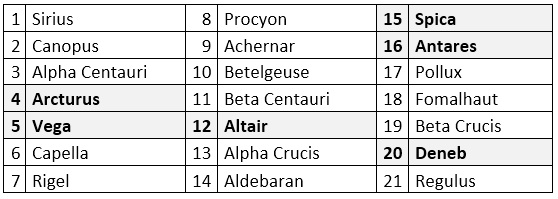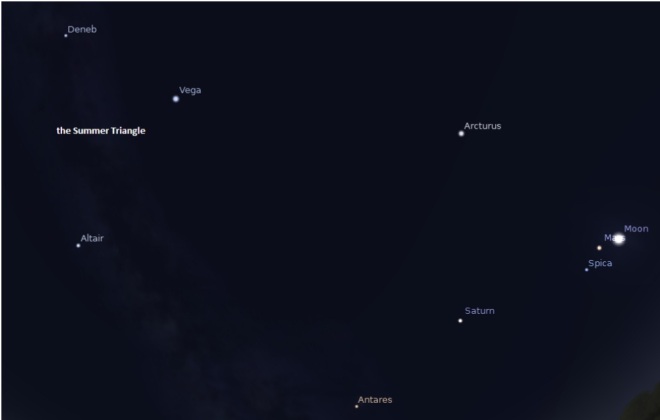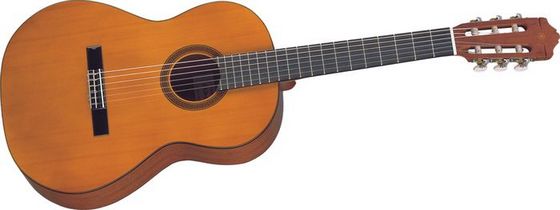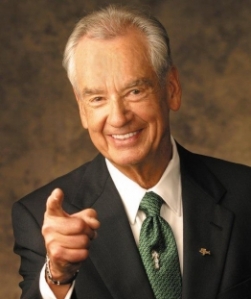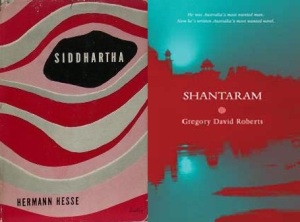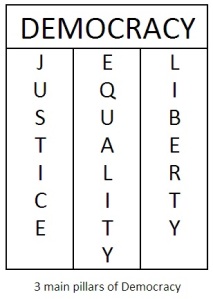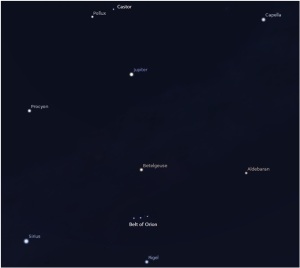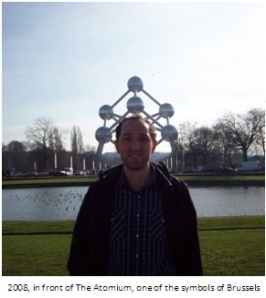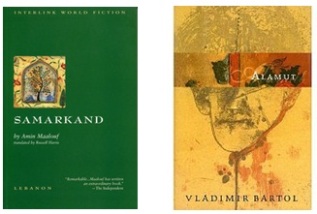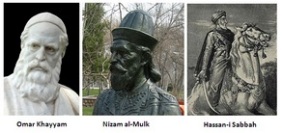A couple of months ago, I wrote about the brightest starts of winter. To recap briefly they were Orion (constellation, with its famous belt), Rigel, Betelgeuse, Sirius, Aldebaran, Capella, Procyon, Pollux and Castor (Gemini, the twins). Now that winter is over, I would like to make a similar post about summer stars. In the table below, I listed 21 brightest (1st magnitude) stars in the order of brightness. The ones highlighted in grey are visible in the summer from the northern hemisphere.
Similar to Belt of Orion in winter, the Summer Triangle (Vega, Altair, Deneb) can easily be spotted in summer days (on south-east direction). Yet unlike Orion’s belt, all 3 stars of summer triangle are 1st magnitude stars. Among them, Vega is probably the most spectacular one. It is the fifth brightest star in the sky and just 25 light years away from the earth. Vega was the northern pole star around 12,000 BCE and will be so again around the year 14,000 AD. Then there is Altair, 12th brightest star in the sky and 17 light years away from the earth. Last but not least, there is Deneb, which is app. 200,000 time more luminous than our Sun. It’s exact distance from the Earth is uncertain, latest estimates is around 2,600 light-years.
Below is a picture of what you would see if you look at sky towards south these days:
Antares is a golden orange color as winter star of Betelgeuse. It is app. 500 light years away from the earth and 10,000 time more luminous than the Sun. However it is very low in the southern sky and might be difficult to see from some place.
Finally there are two first magnitude spring stars that are still visible in the summer: Arcturus & Spica. Arcturus is 4th brightest star in the sky and relatively close to the earth, 37 light years away. Spica (262 light years away) is located close to the ecliptic so lies very close to the moon and the planets.
The stars are symbols of humanity’s top aspirations. There are only a few things in life as inspirational as observing Stars. I invite you all to the skygazing, the road of Copernicus, Kepler,Galileo, and Newton. Keep your eyes on the stars, and your feet on the ground!
